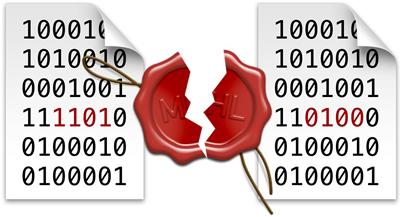To keep control of a Large, Complex Project it is essential to put together a picture of the Project both in terms of current status and in terms of end-of-Project forecast. This picture needs to remain consistent at all times between all dimensions of cost, schedule, resource plan etc. This requirement might highlight some discrepancies that need to be addressed quickly to guarantee continuous control of the Project. In our new White Paper 2017-02 ‘How to Ensure Control Data Consistency in a Large, Complex Project’ we explain how to best maintain this data consistency during the course of the Project: it is the role of the Project Control Manager.
Supposing that Cost, Schedule, Risk and Scope (Contract) were perfectly consistent at the establishment of the first baseline at Project start-up, any subsequent discrepancy is the result of a change of circumstances. These can roughly be separated based on their origin between:
- Changes due to internal Project causes,
- Changes due to the Owner / Main Contract Client (this includes the interface with other Main Contractors on the same overall Project),
- Changes due to Vendors / Contractors,
- Changes due to other external stakeholders (e.g. regulators, customs, other authorities).
Changes are also generally of two different types.
- Changes due to conscious decisions related to Project execution (change of scope, of supplier, of execution approach etc.),
- Changes due to unexpected productivity issues of the resources used by the Project (which might be intrinsic to a given discipline or due to lack of coordination between disciplines).
The first type of changes should be captured by the relevant Management of Change process and all the other information management processes. The second type of changes is more elusive because it does not result from a decision, it can thus only be observed happening and the resulting consequences established after the relevant activity has started.
Ensuring consistency between the four functions of Project Control (Cost, Schedule, Risk and Contract) is an essential role of the Project Control Manager, who is the only person to have a full overview of these functions’ output.
Ensuring and reporting consistent data is essential to demonstrate in a credible manner that the Project is effectively under control. Each time some discrepancy is identified the Project Control Manager should raise the issue to those members of the Project Management Team accountable for the relevant areas. Moreover, the Project Control Manager needs to identify and implement data gathering process upgrades if required after a thorough root-cause analysis.
Read our new White Paper 2017-02 ‘How to Ensure Control Data Consistency in a Large, Complex Project’!
Find all these principles of Practical Project Control exposed in a comprehensive manner in our new Handbook,  Practical Project Control Manager Handbook (now published – click on the link to see it on Amazon!)
Practical Project Control Manager Handbook (now published – click on the link to see it on Amazon!)

